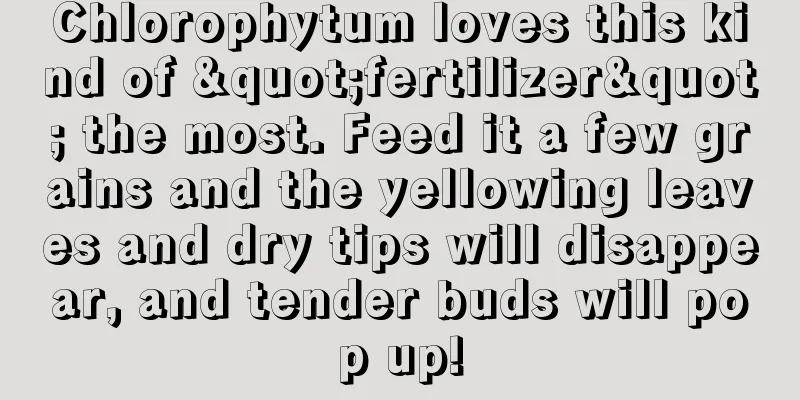A complete guide to common sunflower pests

Meadow borerWhen there are fewer pests, you can scrape them off directly. It would be better if you have a sharp eye so that you can find the pests when they are eggs and remove them in time. When the disease breaks out, you can spray cypermethrin emulsifiable concentrate or cypermethrin emulsifiable concentrate, dilute it with water and then spray it. If the seedlings are sick, you can choose dichlorvos powder or insecticide powder and sprinkle it directly on the bottom of the seedlings and the soil, 10 to 15 grams per plant. Sunflower leafminerLeaf miners are quite stubborn, so you can spray them with dichlorvos powder or cypermethrin powder once every 2 to 3 days until they are completely eliminated. Of course, you can also use the spray method to dilute the dichlorvos emulsion into a 1000-fold solution and spray it around the plants and on the leaves. Black Velvet Scarab BeetleDoes it sound familiar to you? This is a very common pest at this time. When the plant has dead leaves and rotten stems, this pest will come to follow the scent. You can use cypermethrin or chlorpyrifos powder to spray the soil surface, and make sure to spread it evenly. Spray with 50% methyl thiophanate emulsifiable concentrate solution. If there are many insects, you can spray it directly on the pests. Select elm leaves with leaves, soak them in a long-acting phosphorus solution for 10 hours, and then insert them next to the sunflowers at 2 pm, 2 to 3 leaves per plant. Naturally, the insects dare not come near. Mongolian gray weevilThe simplest method is to spray a solution of DDT. Make poisonous soil. Mix methyl 1605 powder with wet soil and sprinkle it around the plants. Pests will be poisoned to death when they get close. Sand divingSpray with 500 times solution of methyl parathion emulsifiable concentrate. Be sure to spray evenly and also spray the back of the leaves. Sprinkle insecticide powder on the soil surface, 10-15g per plant.
|
<<: Common Phalaenopsis Pests and Their Control
>>: Pest Control Methods for Cattleya
Recommend
The efficacy and function of Cassia tomentosa
Medicinal value Laxative If this plant is used as...
Green tea benefits and effects
1. Prevent cancer The tea polyphenols in green te...
Cultivation methods and precautions of crystal anthurium
1. Watering Its drought-intolerance requires us t...
When is the best time to divide jasmine into pots?
Time to divide jasmine into pots The best time to...
Cutting planting of longevity begonia
Prepare the materials: Empty flower pot: a plain ...
The difference between scutellaria baicalensis and shepherd's purse
1. Leaf Difference The leaves of the spathiphyllu...
What is the flower language of pansy?
1. Its flower language Its flower language repres...
Can moldy flour be used as fertilizer?
Moldy flour as fertilizer Moldy flour can be used...
The efficacy and function of lichen
1. Nutritional supplement Lichens contain many be...
The growth environment and local conditions of lilies
Lily growth environment and conditions Lilies pre...
Your aloe vera money tree...never blooms? If you only learn one trick, it’s no problem to open a shop for 5 years in a row!
Aloe Vera Flowering Aloe vera is a very easy-to-g...
When do geraniums bloom?
When does it bloom? The flowering period of geran...
Pest and disease control of ash trees
Gummosis This disease mainly occurs in the main b...
8 Succulent Plants That Are Most Likely to Bloom
Son holding lotus The simplest way to make the Se...
Flowering period regulation of Zygocactus
How to advance the flowering period of Schlumberg...









